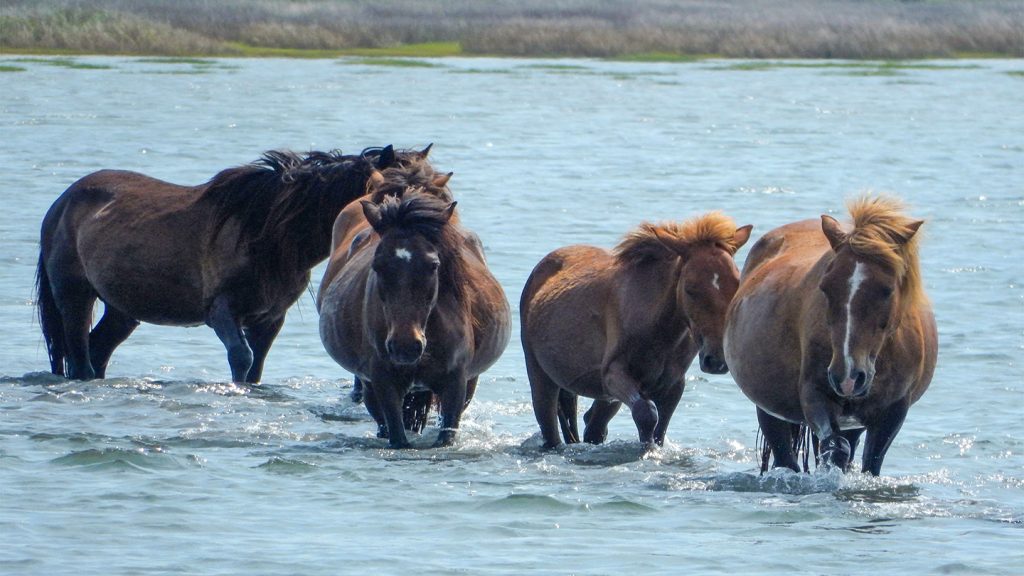The concept that male mammals are generally bigger than females has been widely accepted in science since Darwin. The belief is that larger bodies are advantageous in competing for the attention of selective females.
It turns out that this belief may need to be updated.
In slightly over half of approximately 400 mammal species, females are equal in size or even larger than males, according to a report published on March 12 in the journal Nature Communications. The researchers say that the continued prevalence of the idea that males are typically larger reflects biases in scientific literature that have persisted for more than a century and have limited biologists’ comprehension of sexual selection.
The traditional belief has been “an assumption that most people have accepted without substantial evidence,” says Kaia Tombak, an evolutionary biologist at Purdue University in West Lafayette, Indiana.
Scientists have long observed differences in size between males and females of the same species, a phenomenon referred to as sexual size dimorphism. To understand the factors driving these differences, field biologists frequently focused on large, charismatic mammals—such as lions or gorillas—that typically exhibit larger males. The belief was also supported by analyses that did not document size variations within a species, according to Tombak, making it challenging to definitively determine if a species is dimorphic.
“We aimed to address this question through a more rigorous approach,” Tombak explains.
Tombak and her colleagues analyzed data on the masses of males and females in 429 mammal species. Forty-five percent had heavier males, on average; 16 percent had heavier females; and 39 percent showed no difference. Similar trends were observed when examining data on animal length. Well-studied groups such as carnivores, primates, and ungulates were biased towards heavier males. However, nearly half of bats had heavier females, and in approximately half of rodents, males and females weighed about the same.
The study only encompassed roughly 5 percent of all mammal species. Tombak acknowledges that the numbers could change with additional research, but given that the team covered most of the mammalian evolutionary tree, she is confident in the overall accuracy of the findings.
Previous studies have indicated that larger females are quite common. However, according to evolutionary biologist Malin Ah-King of Stockholm University, “the research has been focused on males, and the comparable evolution of females has often been disregarded.” Consequently, she suggests, the notion that males are larger in order to compete for access to “passive, coy” females has become ingrained.
“The true strength of this study,” asserts evolutionary biologist Catherine Sheard, “lies in the thorough and methodical approach.” She remarks that the results underscore that “there are things that people simply assume because they haven’t critically examined them since their first year of undergraduate biology.”
Disregarding these assumptions can empower biologists to pose new questions, such as why females are larger in certain species or what factors maintain the same size in others, states Sheard, who is affiliated with the University of Aberdeen in Scotland. “Reassessing these biases that have shaped our scientific approach has facilitated a clearer understanding of natural phenomena.”



